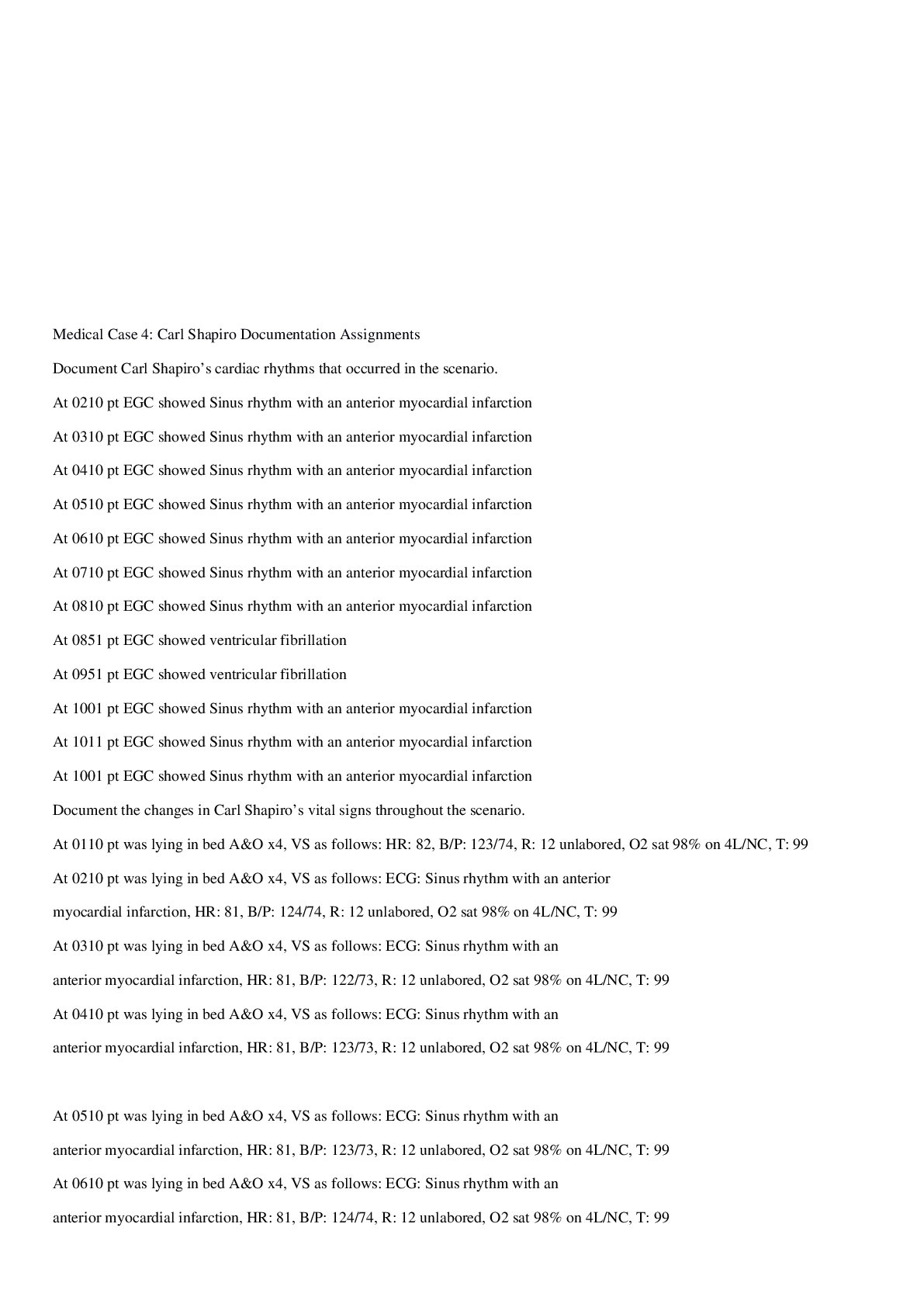PATHOLOGY Quick Review and MCQs Based on Textbook of Pathology
Document Content and Description Below
GENERAL PATHOLOGY 1. Introduction to Pathology 1 2. Cell Injury, Cellular Adaptations and Cellular Ageing 6 3. Immunopathology Including Amyloidosis 28 4. Derangements of Homeostasis and Haemodyna... mics 47 5. Inflammation and Healing 70 6. Infectious and Parasitic Diseases 101 7. Neoplasia 110 8. Environmental and Nutritional Diseases 137 9. Genetic and Paediatric Diseases 148 SECTION II: HAEMATOLOGY AND LYMPHORETICULAR TISSUES 10. Introduction to Haematopoietic System and Disorders of Erythroid Series 156 11. Disorders of Platelets, Bleeding Disorders and Basic Transfusion Medicine 185 12. Disorders of Leucocytes and Lymphoreticular Tissues 197 SECTION III: SYSTEMIC PATHOLOGY 13. The Blood Vessels and Lymphatics 230 14. The Heart 249 15. The Respiratory System 281 16. The Eye, ENT and Neck 314 17. The Oral Cavity and Salivary Glands 328 18. The Gastrointestinal Tract 340 19. The Liver, Biliary Tract and Exocrine Pancreas 381 20. The Kidney and Lower Urinary Tract 425 21. The Male Reproductive System and Prostate 466 22. The Female Genital Tract 482 23. The Breast 507 24. The Skin 519 25. The Endocrine System 536 26. The Musculoskeletal System 569 27. Soft Tissue Tumours 590 28. The Nervous System 601 APPENDICES Appendix I: Basic Diagnostic Cytology 622 Appendix II: Answers to Clinical Cases 635 Appendix III: Normal Values 643 Index 651 Abbreviations Used Throughout the book following abbreviations have been used: G/A for Gross Appearance. M/E for Microscopic Examination. EM for Electron Microscopy. IF for Immunofluorescence Microscopy. tahir99 - UnitedVRGIntroduction to Pathology 1 Chapter 1 STUDY OF PATHOLOGY (p. 1) The word ‘Pathology’ is derived from two Greek words—pathos (meaning suffering) and logos (meaning study). Pathology is, thus, scientific study of changes in the structure and function of the body in disease. For the student of any system of medicine, the discipline of pathology forms a vital bridge between initial learning phase of preclinical sciences and the final phase of clinical subjects. HEALTH AND DISEASE (p. 1) In simple language, disease is opposite of health i.e. what is not healthy is disease. Health may be defined as a condition when the individual is in complete accord with the surroundings, while disease is loss of ease (or comfort) to the body (i.e. dis+ease). COMMON TERMS IN PATHOLOGY (p. 1) It is important for a beginner in pathology to be familiar with the language used in pathology: Patient is the person affected by disease. Lesions are the characteristic changes in tissues and cells produced by disease in an individual or experimental animal. Pathologic changes or morphology consist of examination of diseased tissues. These can be recognised with the naked eye (gross or macroscopic changes) or are studied by microscopic examination of tissues. Causal factors responsible for the lesions are included in etiology of disease (i.e. ‘why’ of disease). Mechanism by which the lesions are produced is termed pathogenesis of disease (i.e. ‘how’ of disease). Functional implications of the lesion felt by the patient are symptoms and those discovered by the clinician are the physical signs. Clinical significance of the morphologic and functional changes together with results of other investigations which help to arrive at an answer to what is wrong (diagnosis), what is going to happen (prognosis), what can be done about it (treatment), and finally what should be done to avoid complications and spread (prevention) (i.e. ‘what’ of disease). EVOLUTION OF PATHOLOGY (p. 2) Pathology as the scientific study of disease processes has its deep roots in medical history. Pathology has evolved over the years as a distinct discipline from anatomy, medicine and surgery, in that sequence. PREHISTORIC TIMES TO MEDIEVAL PERIOD (p. 2) Present-day knowledge of primitive culture which was prevalent in the world in prehistoric times reveals that religion, magic and medical treatment were quite linked to each other in those times. The link between medicine and religion became so firmly established throughout the world that different societies had their gods and goddesses of healing; for example: [Show More]
Last updated: 4 months ago
Preview 1 out of 677 pages

Reviews( 0 )
Document information
Connected school, study & course
About the document
Uploaded On
Dec 12, 2023
Number of pages
677
Written in
Additional information
This document has been written for:
Uploaded
Dec 12, 2023
Downloads
0
Views
47


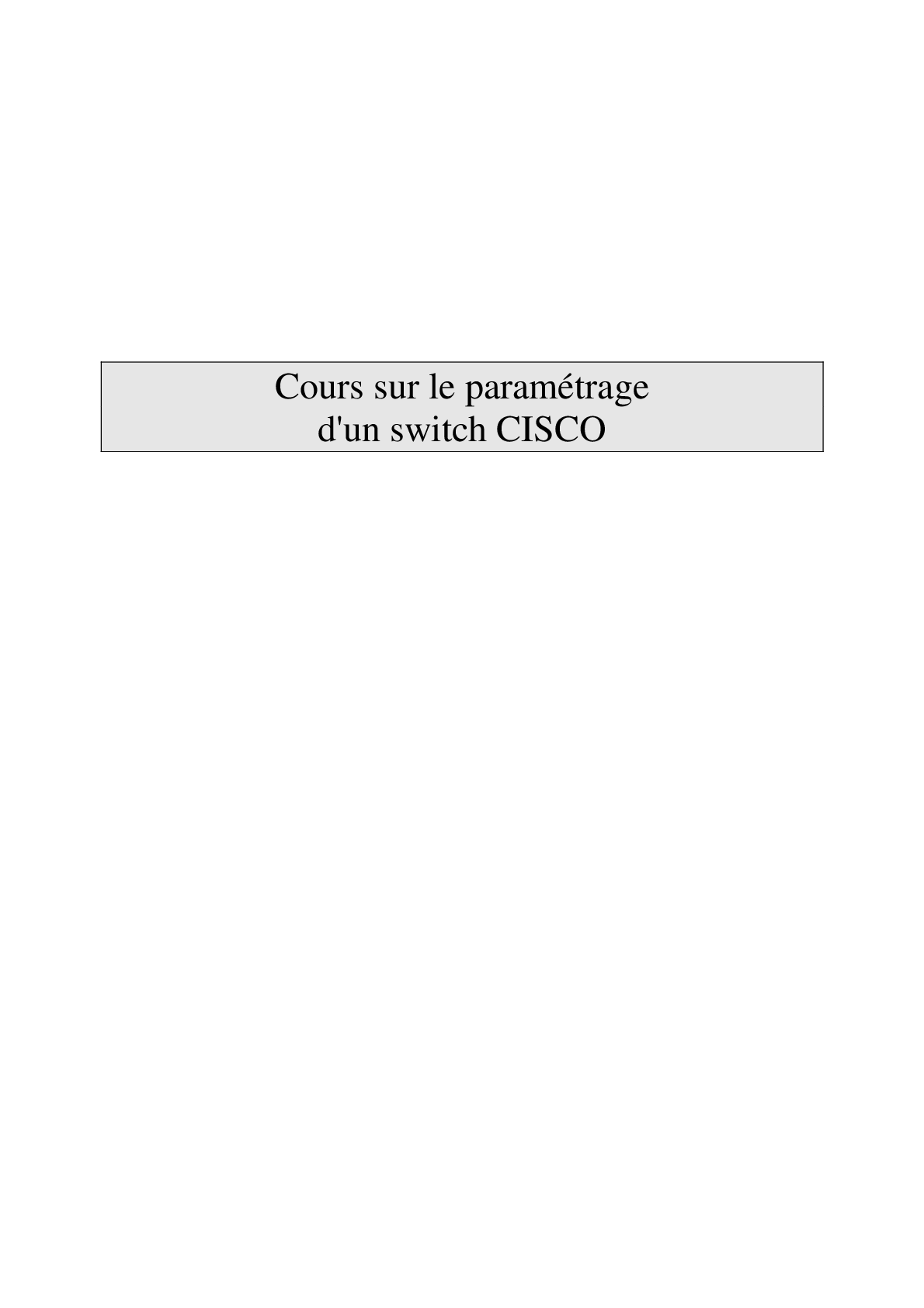
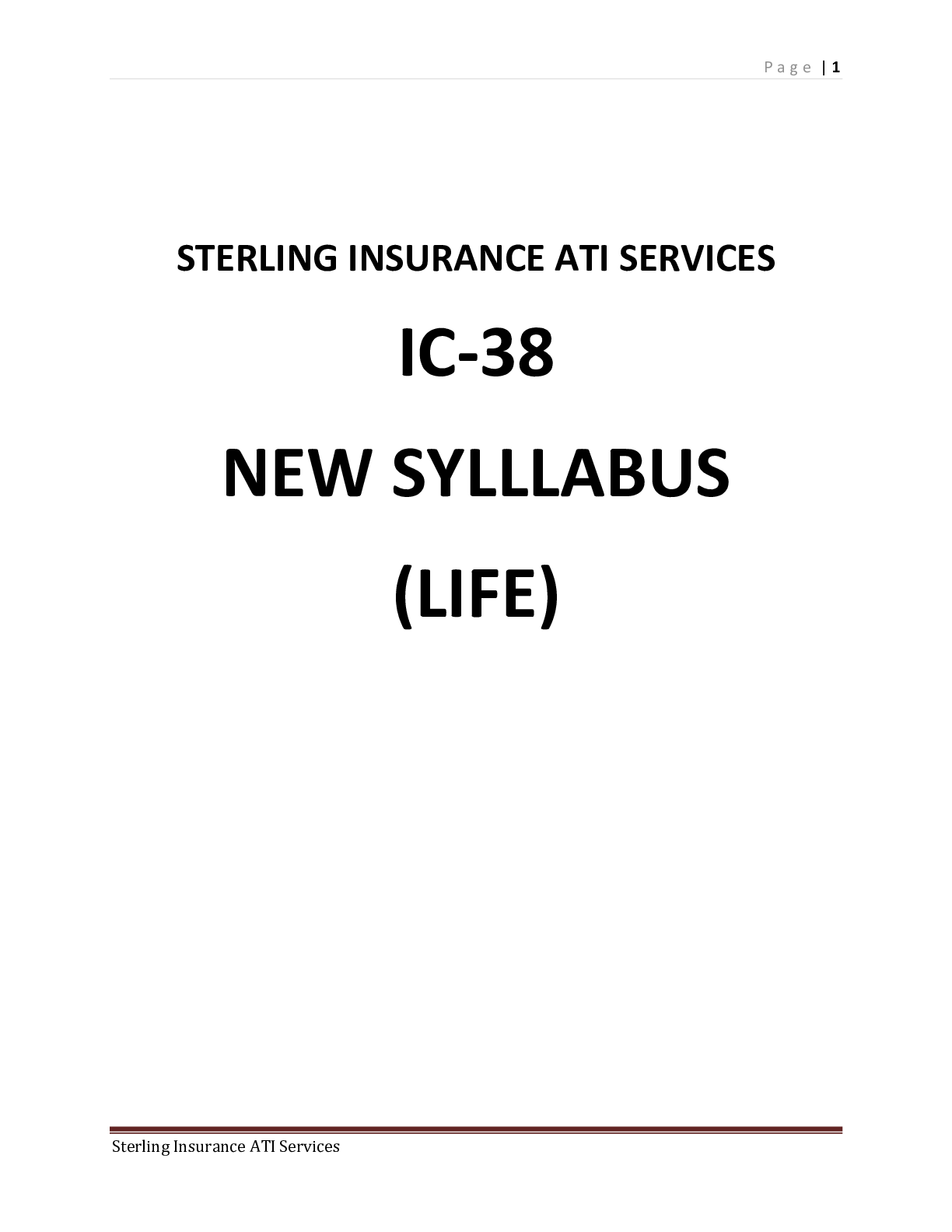

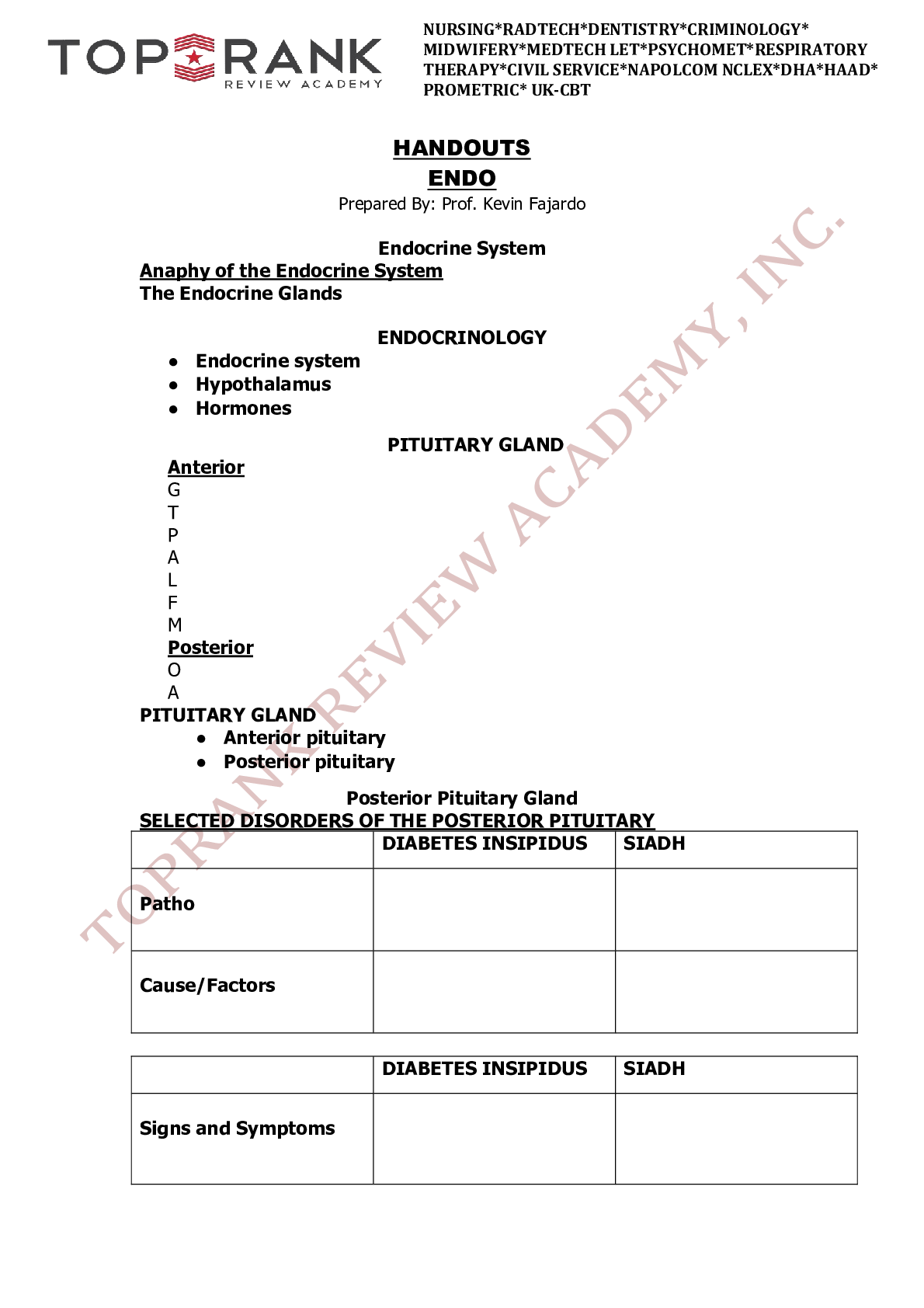

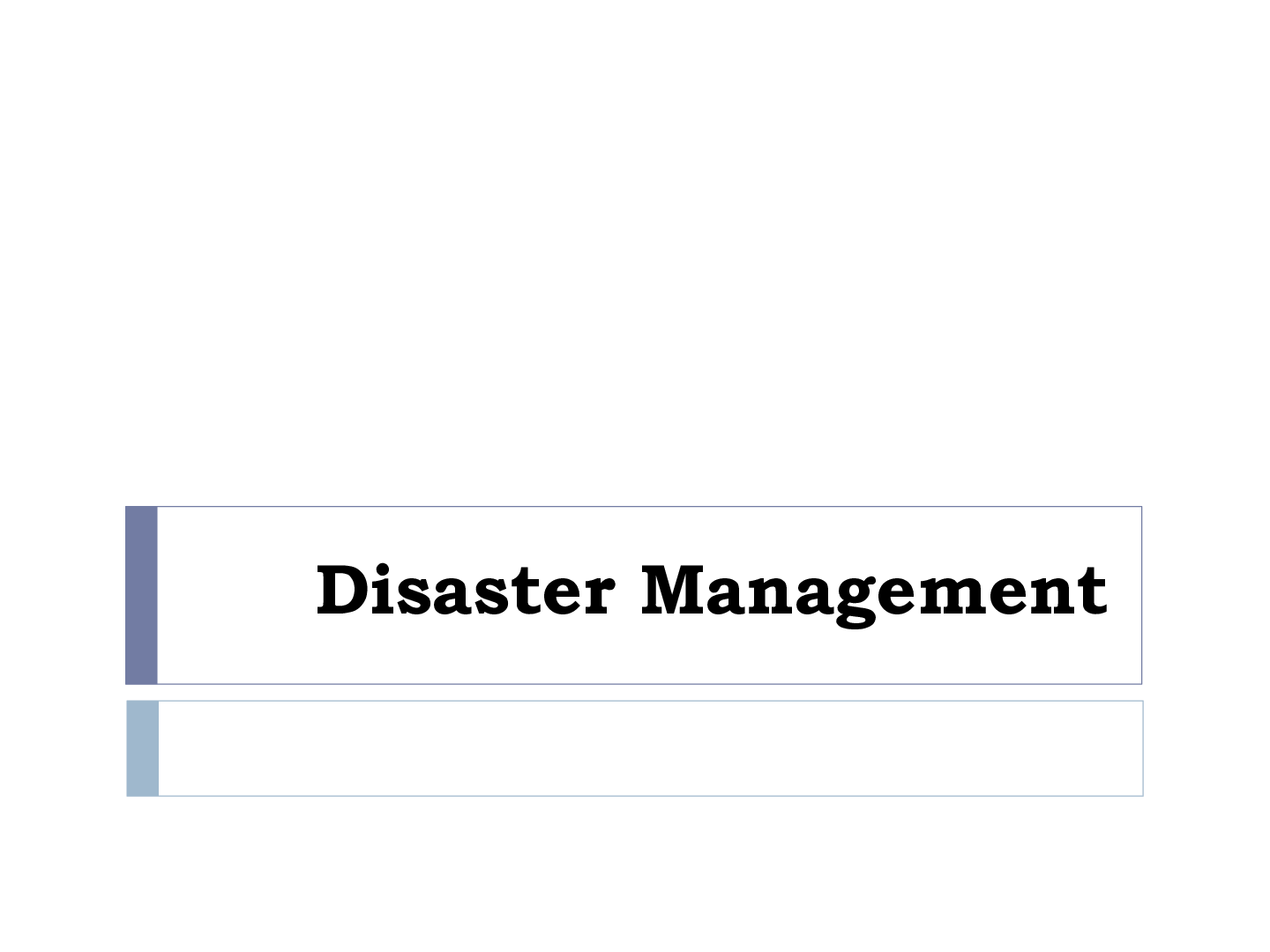
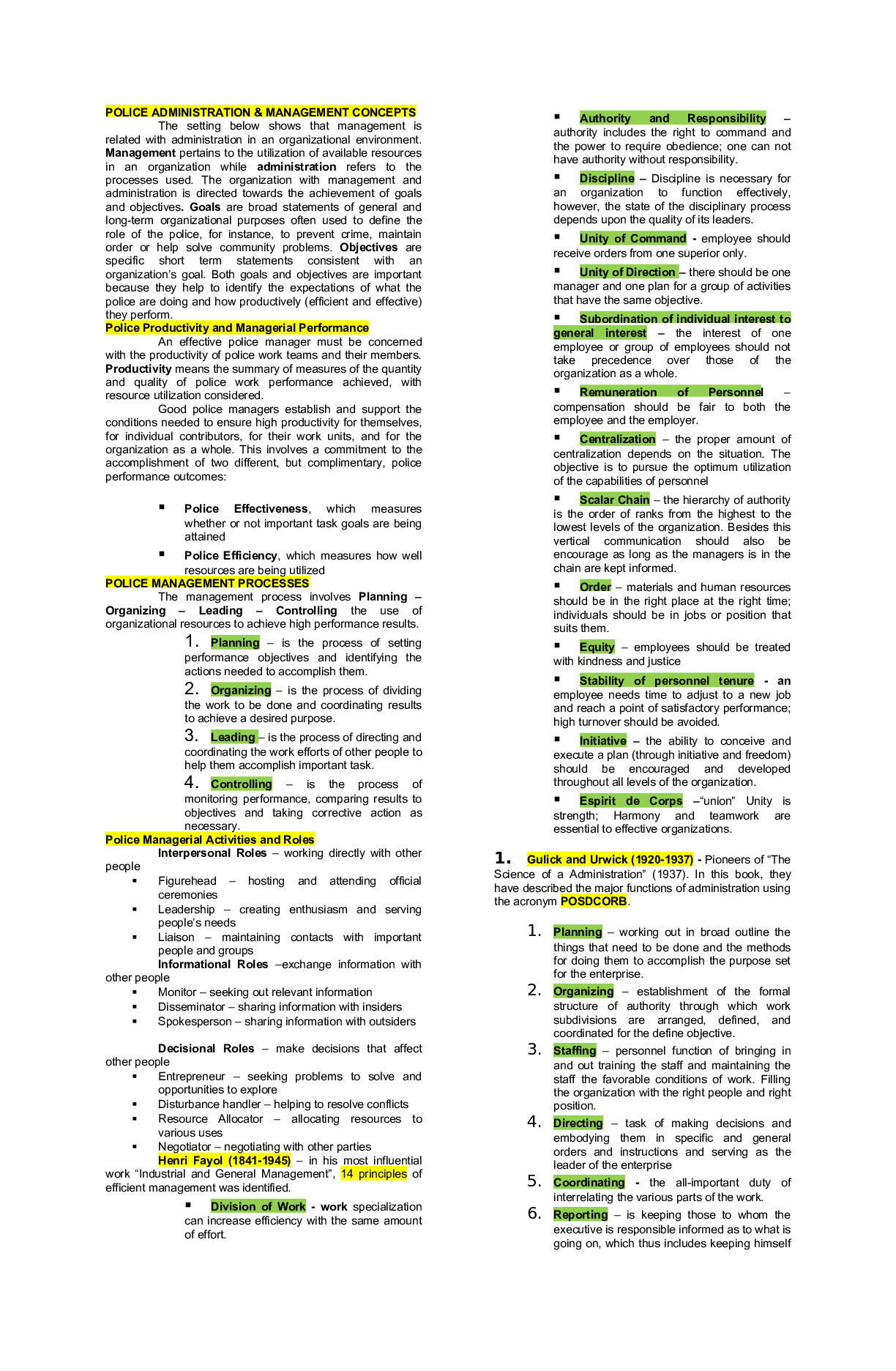


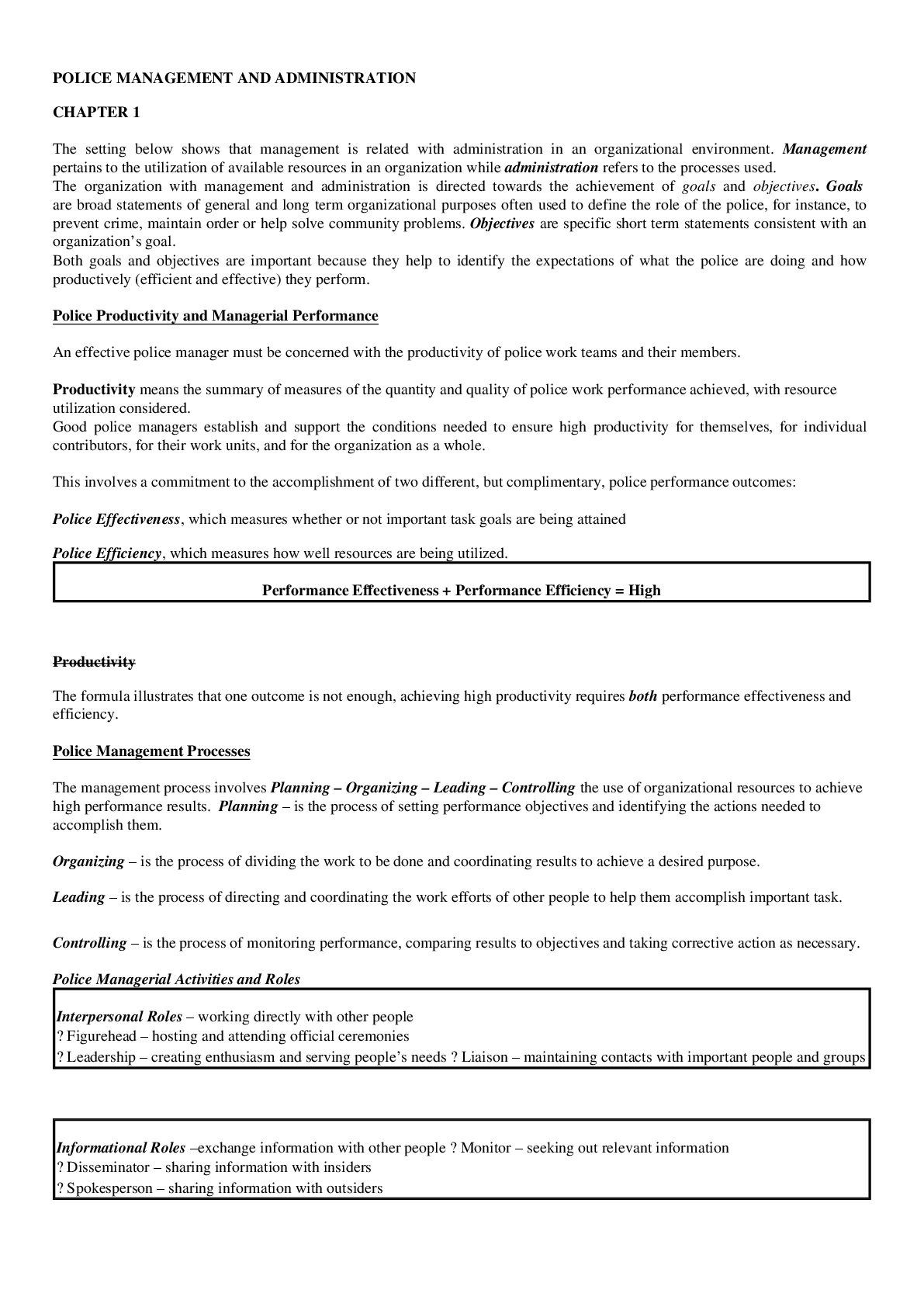
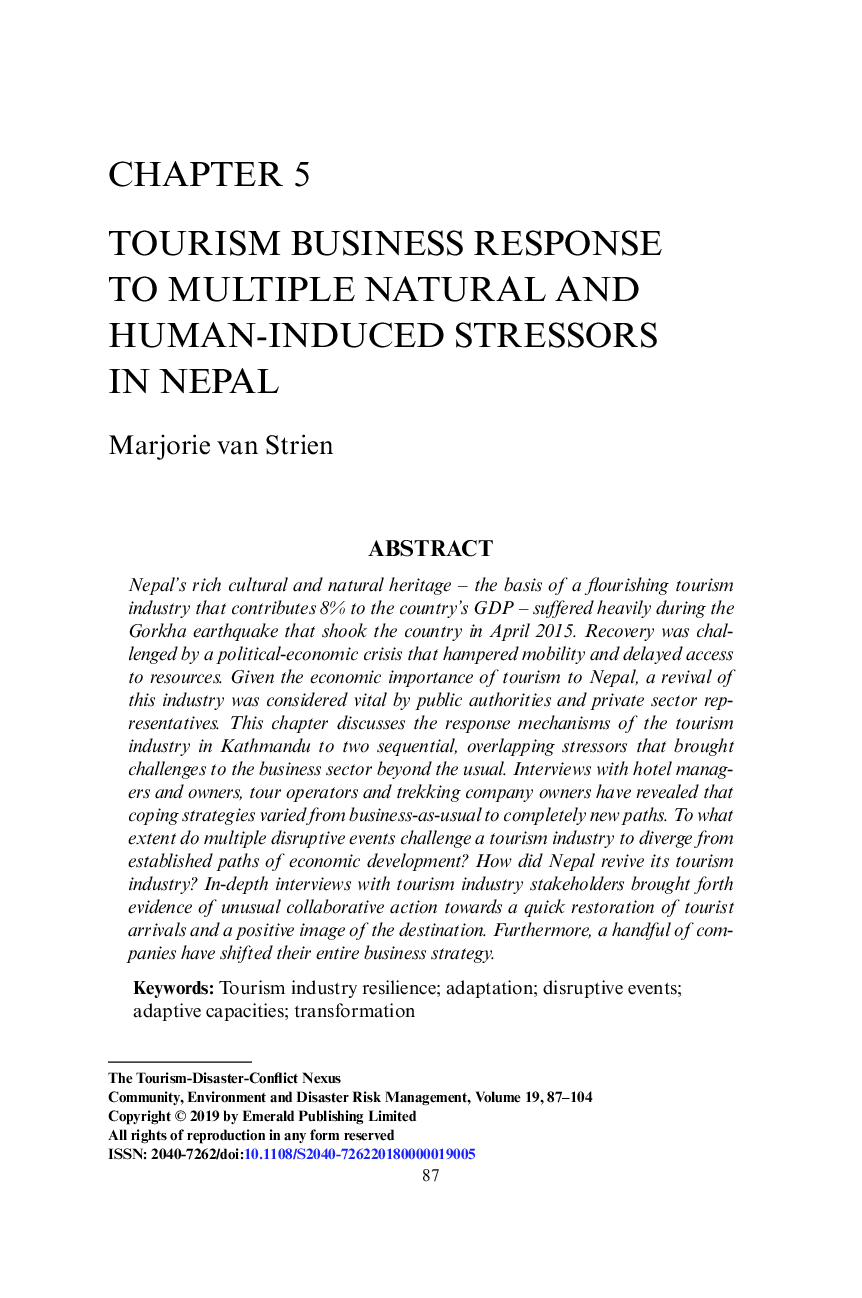
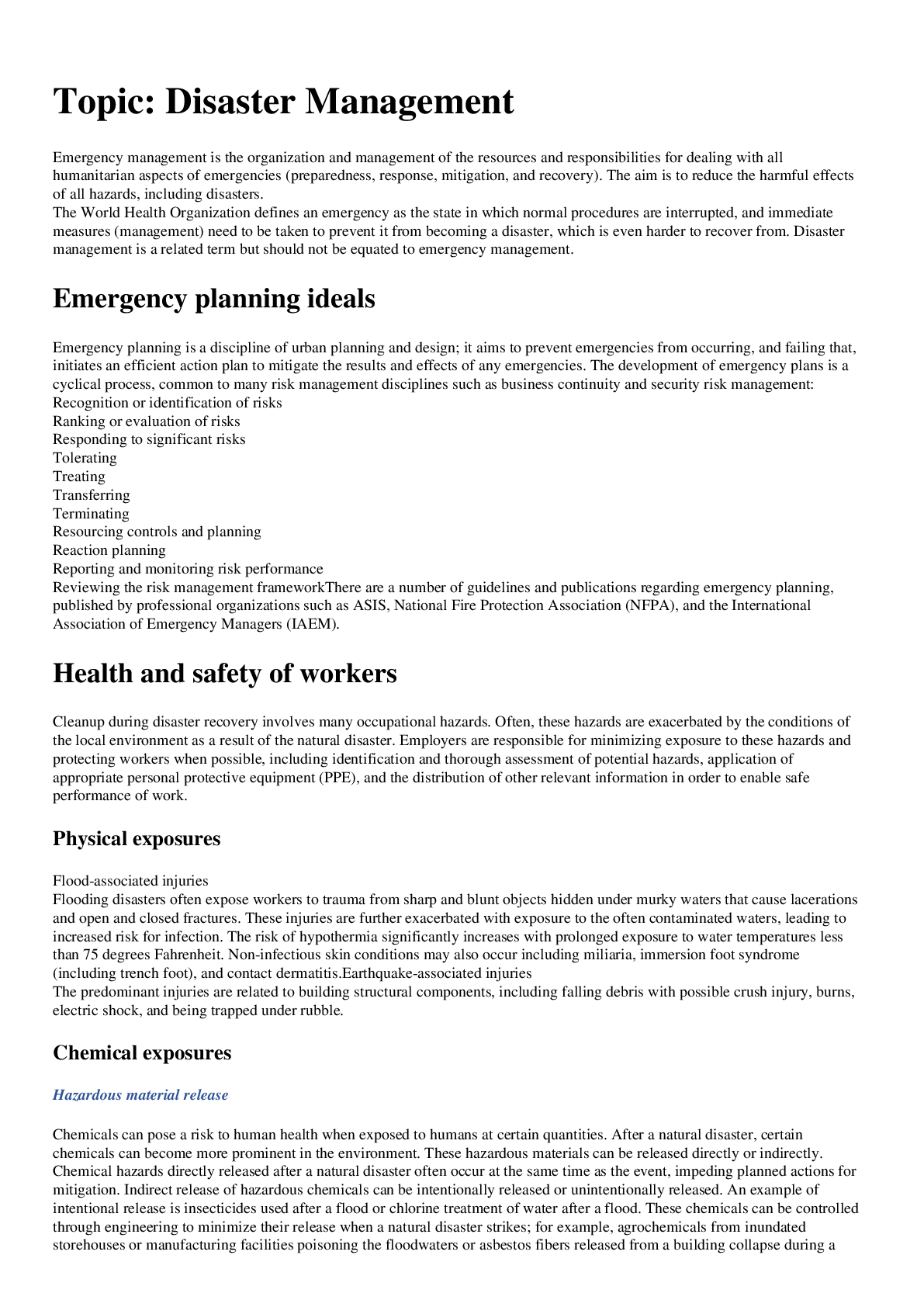

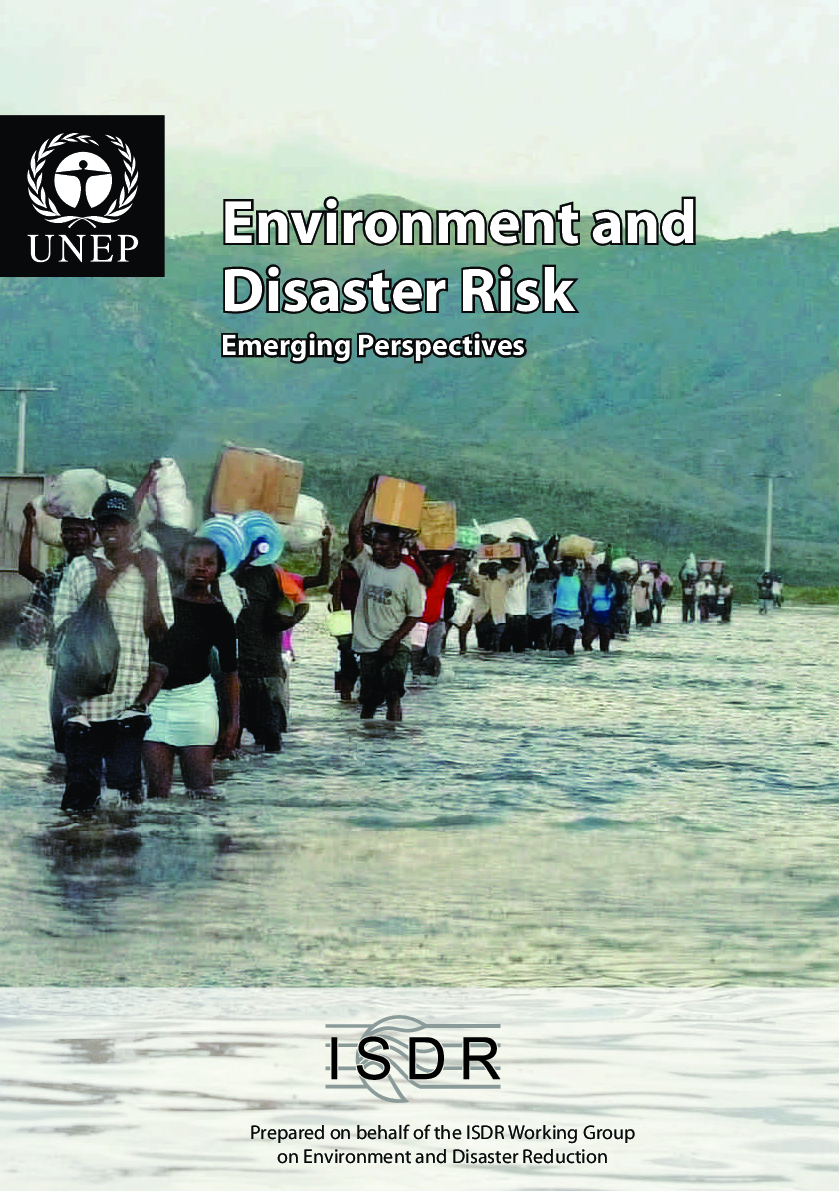
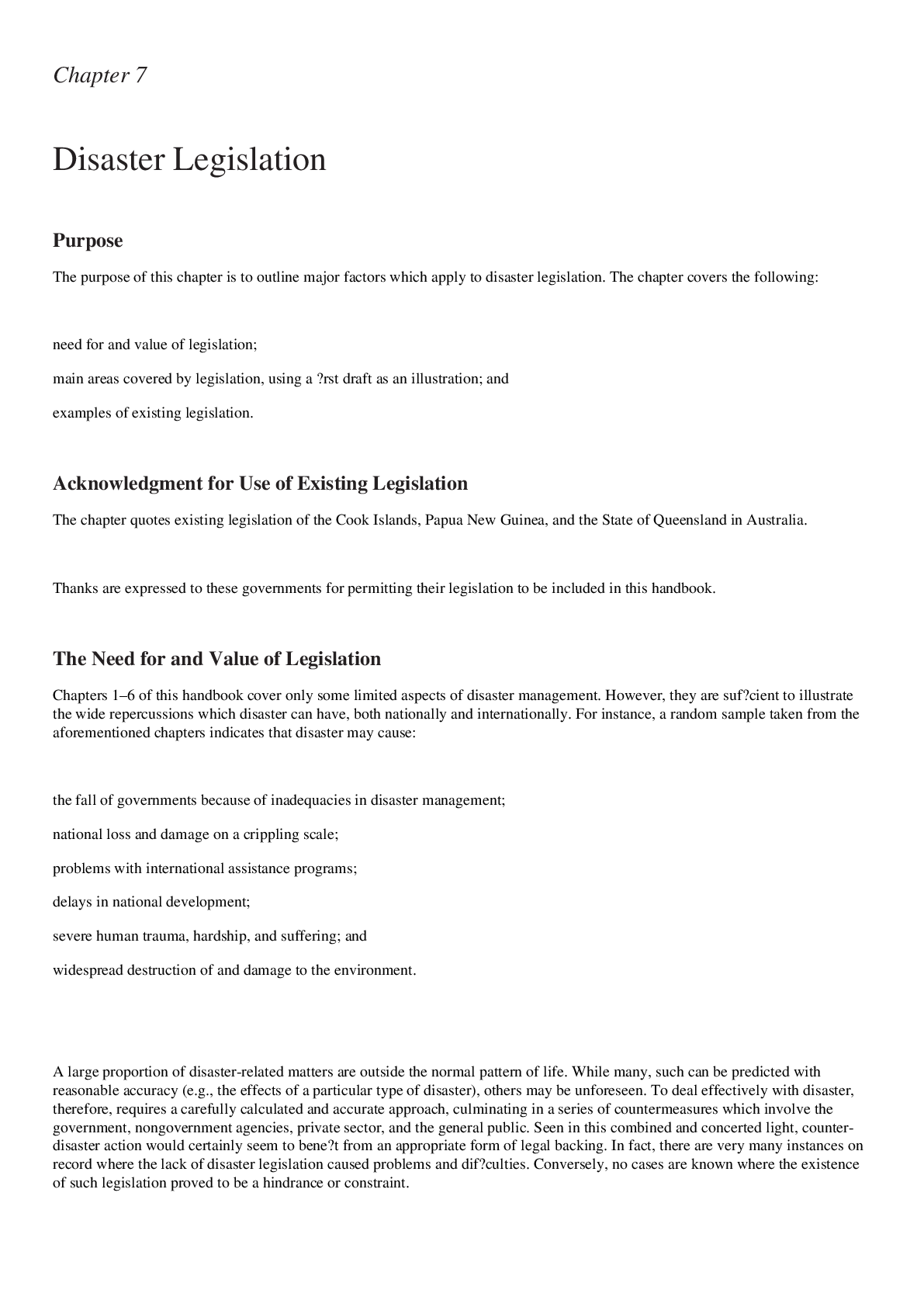


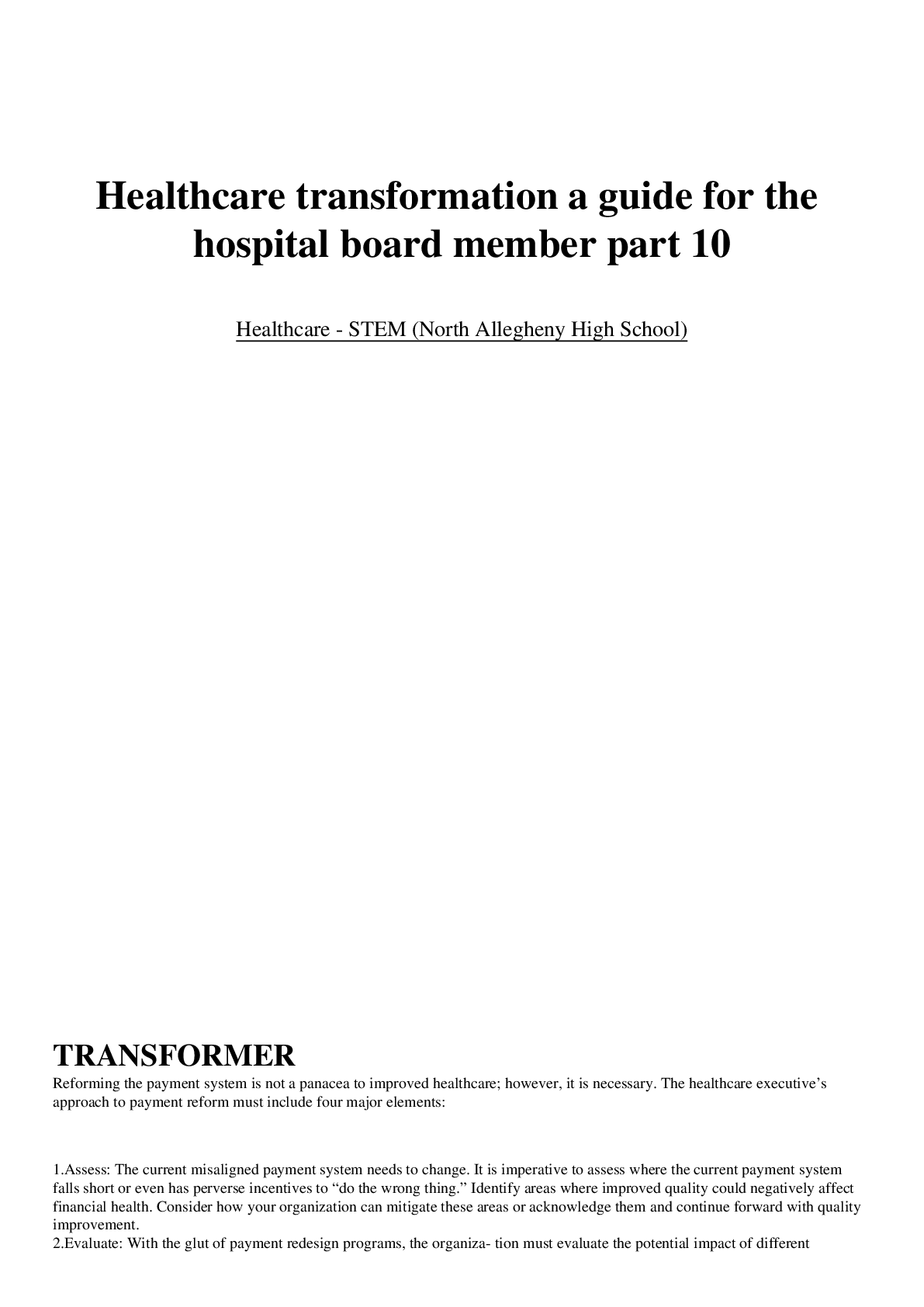

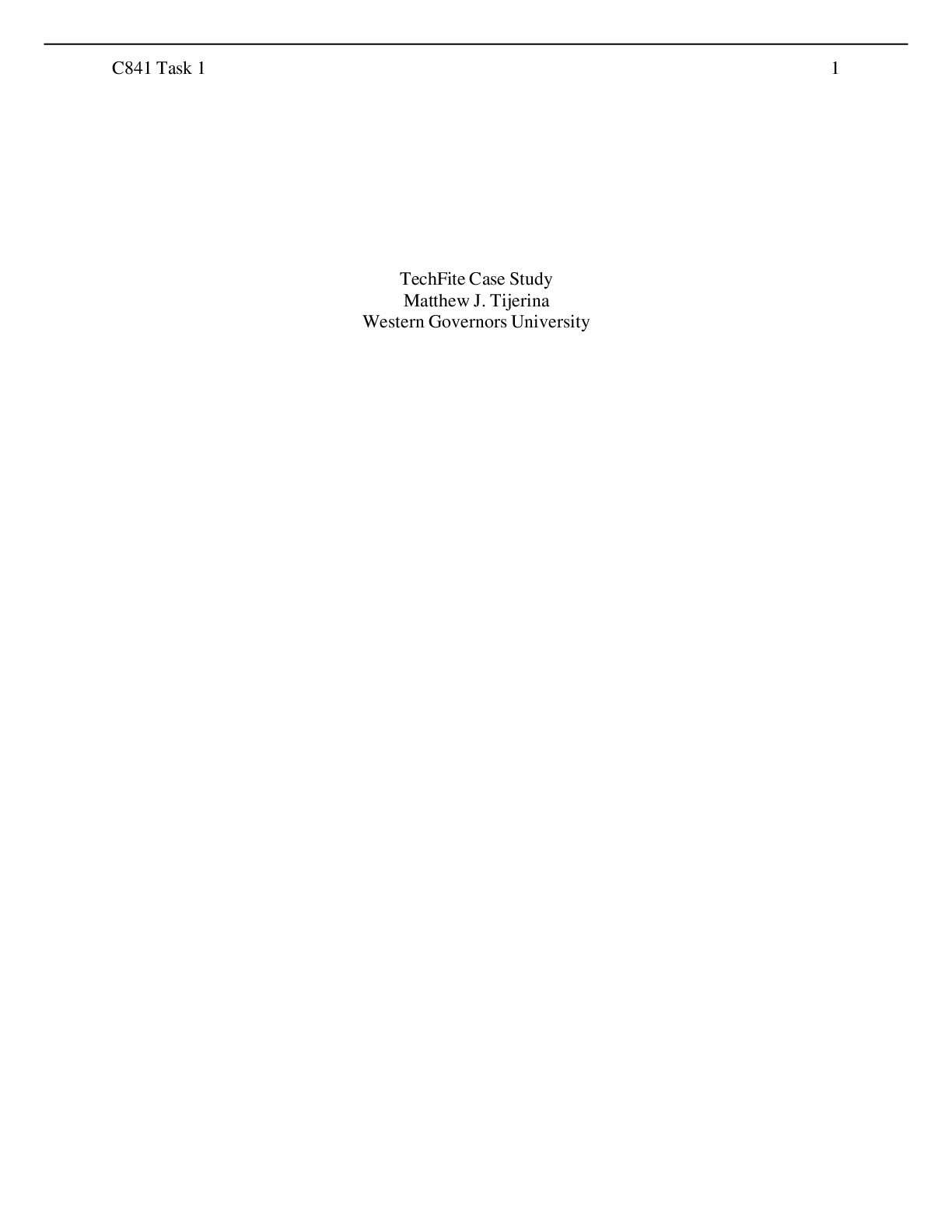
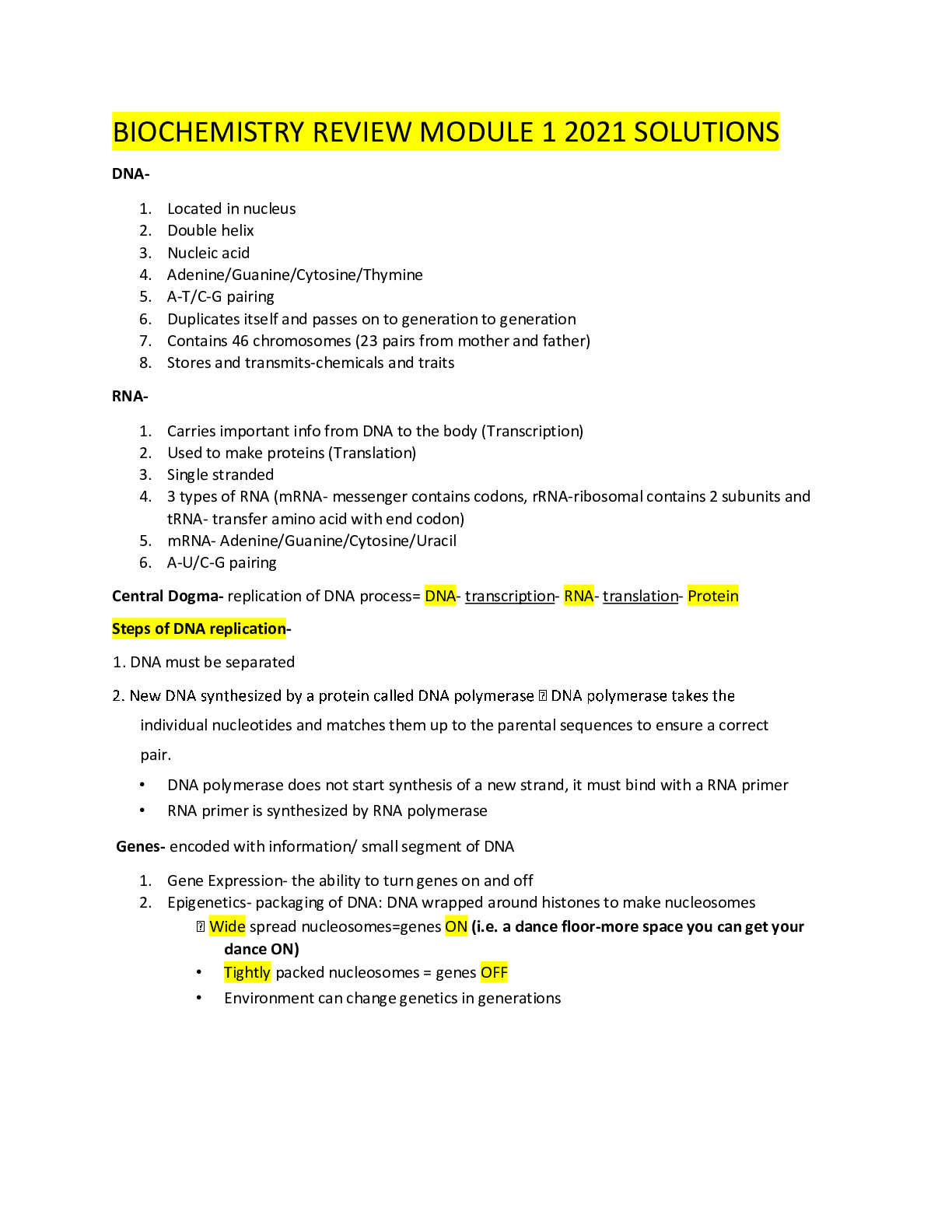
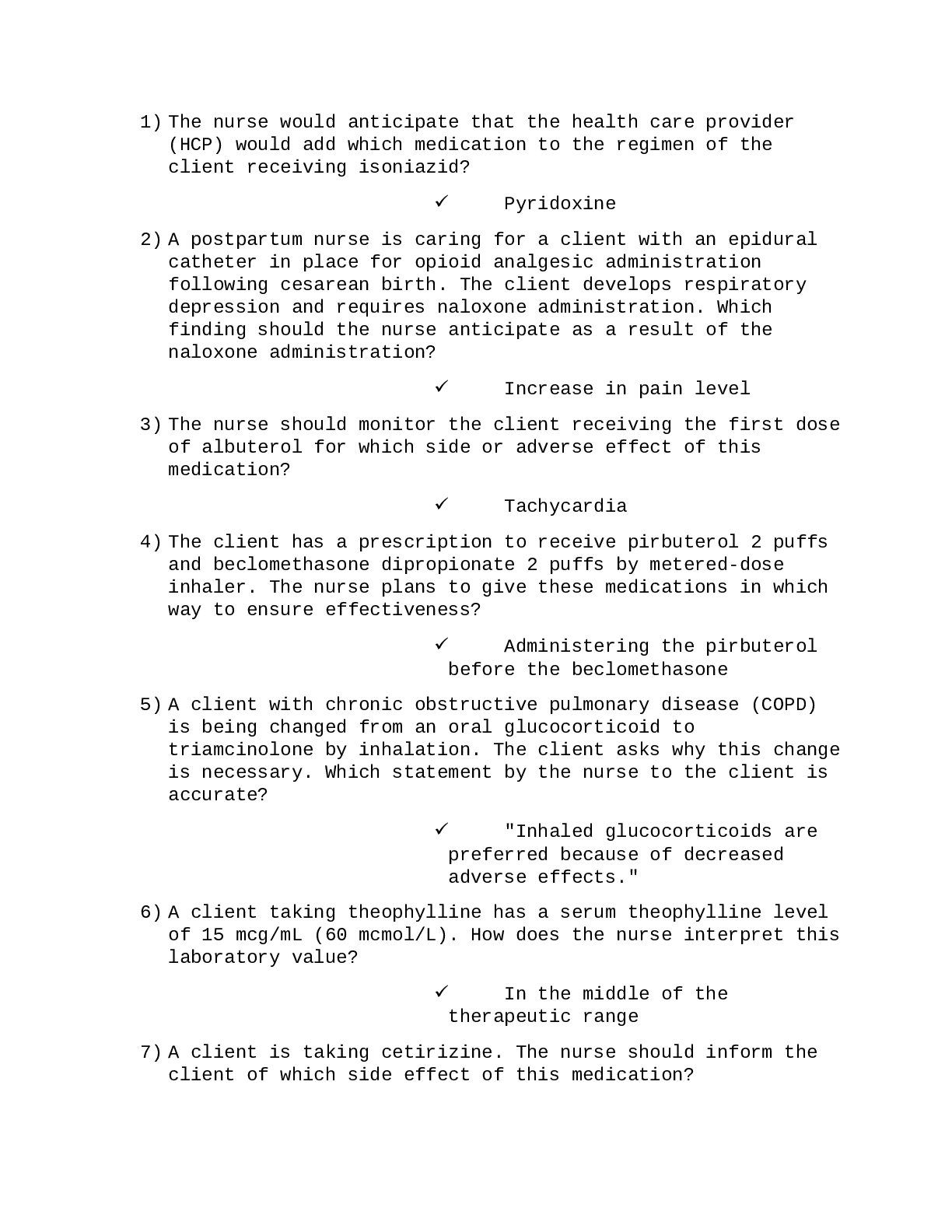
NSG110 AMERICANS RATE NURSES HIGHEST ON HONESTY, ETHICAL STANDARDS.png)


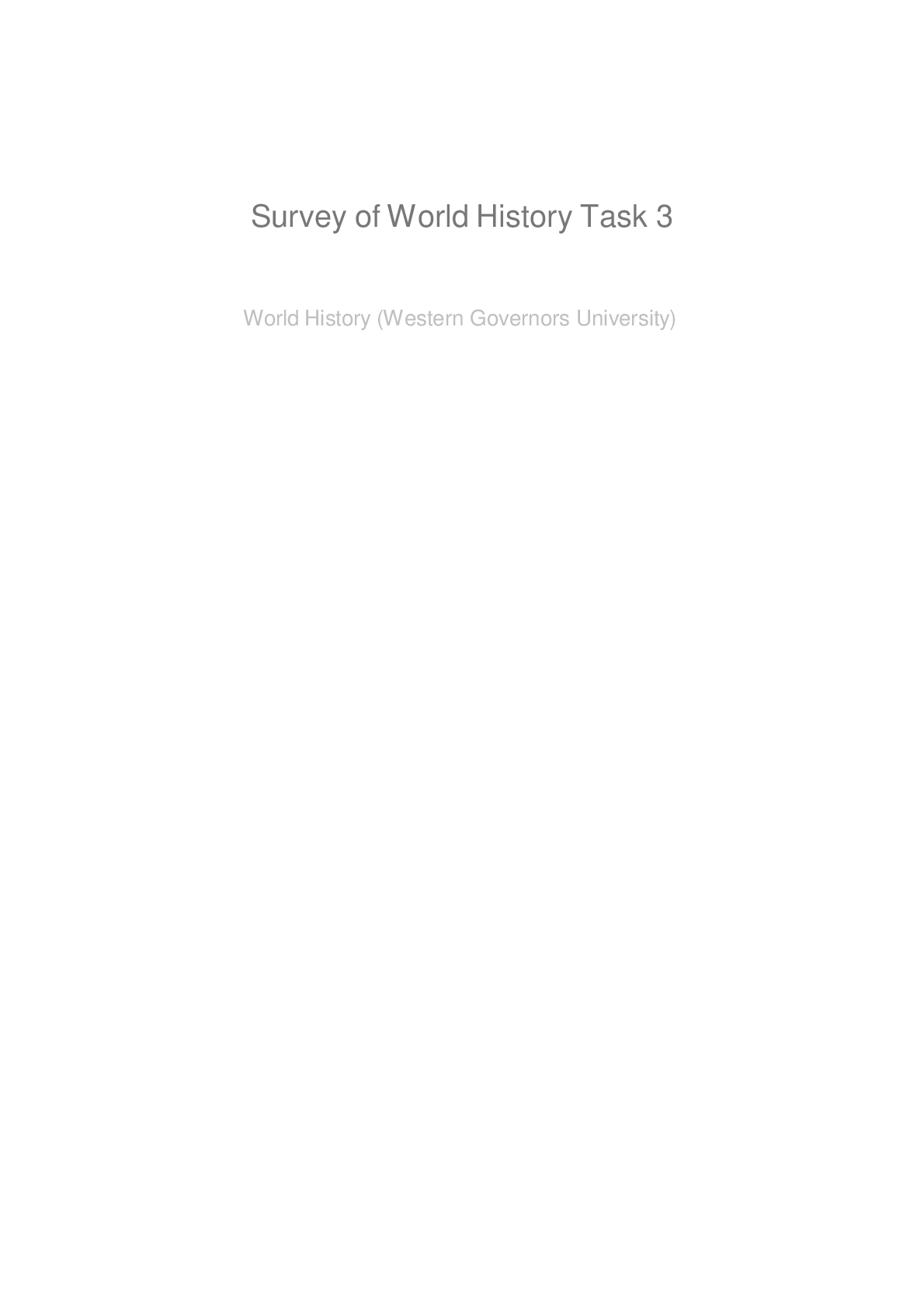

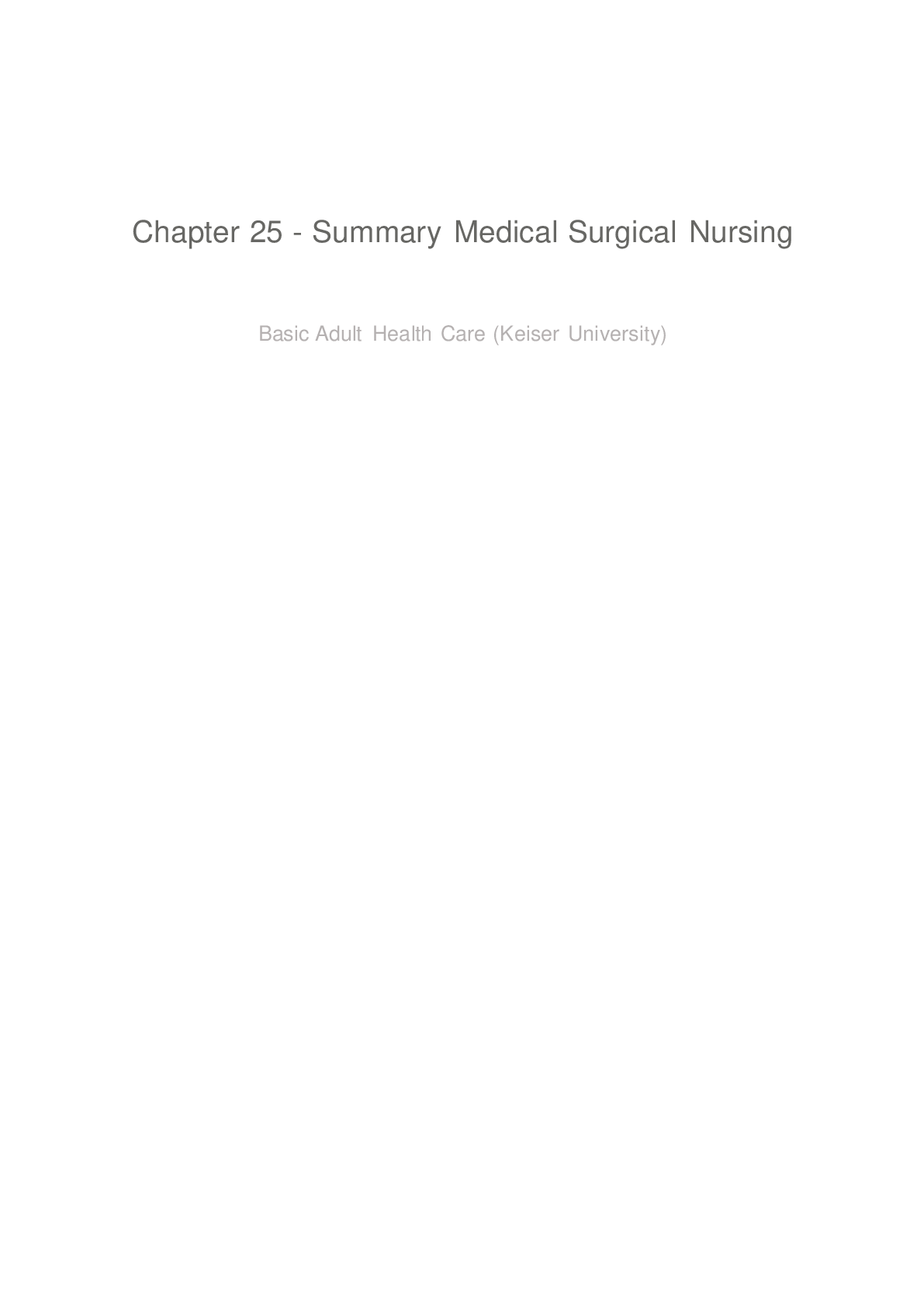


.png)
